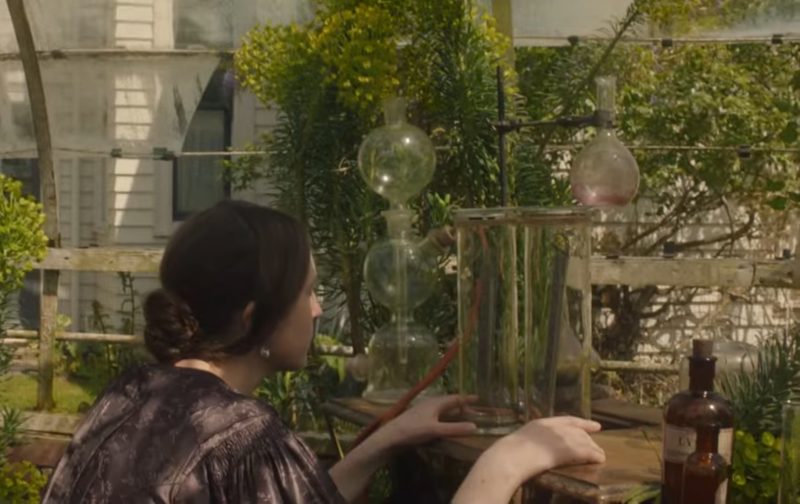The main task of a leader is to help teams achieve goals. This involves guiding people from Point A to Point B: it involves a change journey. This seems simple enough but in reality when leaders propose a new journey people can freak out. People lose the plot about change because change involves literally losing the plot: it’s the loss of a story.
In the 1940s psychologists conducted an experiment in which people were shown two triangles and a circle moving around a screen. Most interpreted the shapes as characters in an unfolding story. The experiment famously shows that people think in stories. We use stories to organise information and work out what it means: stories are the brain’s sense-making mechanism.
Storytelling for Marketers
The Wonderful Wizard of OzStorytelling for Leaders
Moby DickStorytelling For Lawyers
Alice’s Adventures in Wonderland







